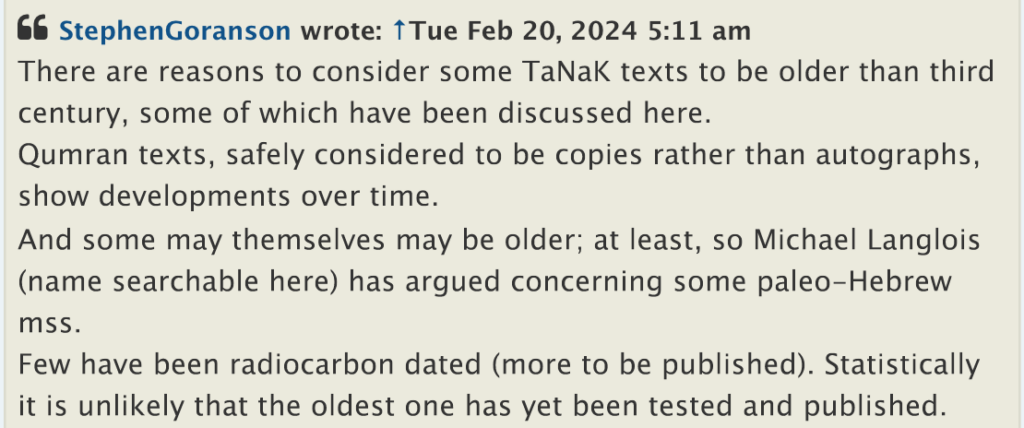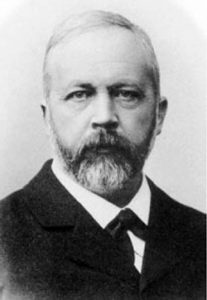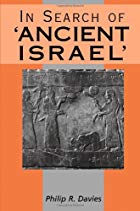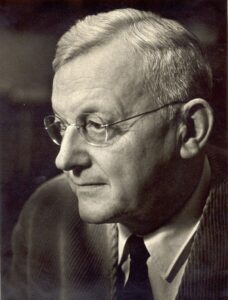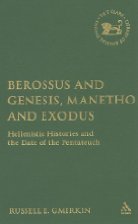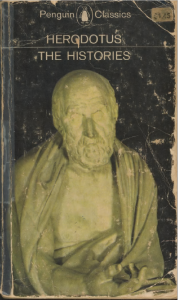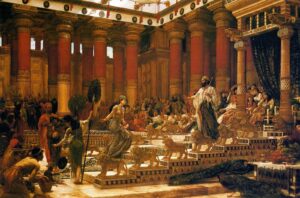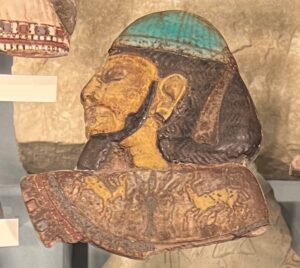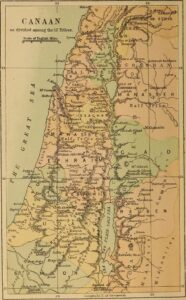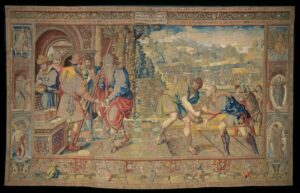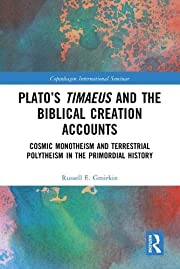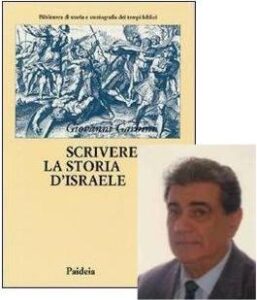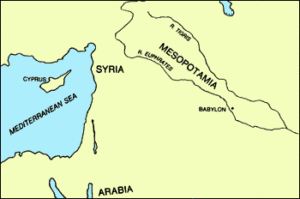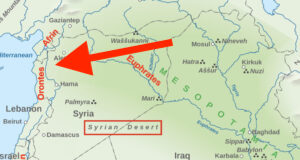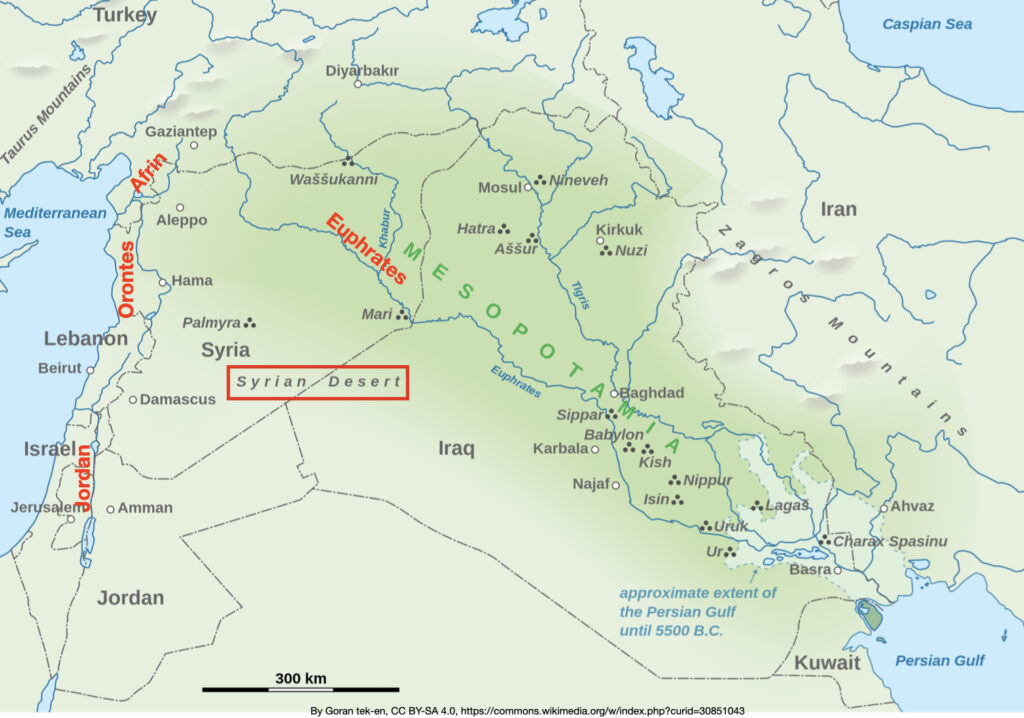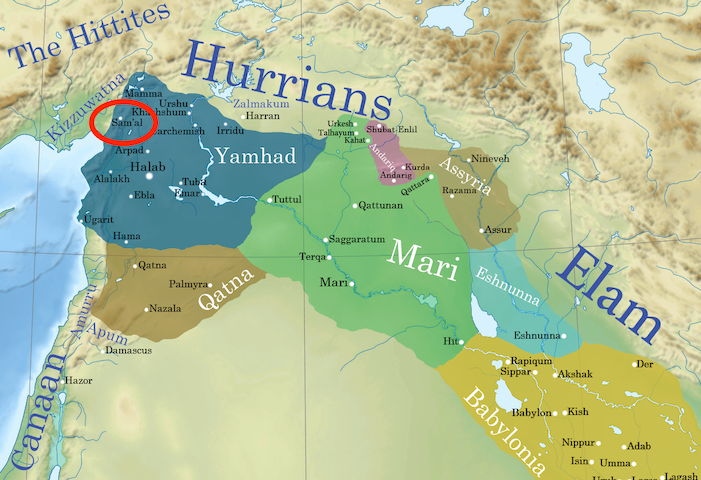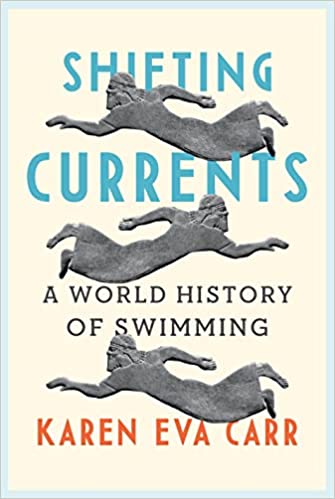By the rivers of Babylon,
There we sat down, yea, we wept,
When we remembered Zion.
Thus opens Psalm 137. Does it reflect a realistic situation of captives who had been deported from the kingdom of Judah by Nebuchadnezzar in the seventh century BCE?
The conventional narrative for the beginnings of modern Judaism is that the Babylonian captivity enabled deportees from Jerusalem and its surrounds to reflect at leisure upon their past sins and the warnings of the prophets and to resolve to “behave” in future, eliminating all pagan idolatry from their religious practices and be true to Yahweh as Moses had originally commanded them. The literate class among them decided to write about their past history of sin and waywardness and to inculcate the need to be genuine monotheists as per the Ten Commandments and other laws beginning with Abraham.
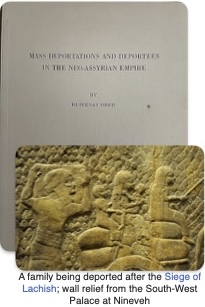
But what do we know — for facts — about ancient deportations of populations in that part of the ancient world? Does what we know lend credence to the above narrative? Let’s begin with
- Oded, Bustenay. Mass Deportations and Deportees in the Neo-Assyrian Empire. Wiesbaden: Ludwig Reichert, 1979.
Oded’s book is a mass of quotations from ancient documents.
What was the purpose of mass population deportations?
The use of deportation as a punishment, either for breach of treaty or for some other misdeed, was not only an Assyrian practice, but one that was common to all the peoples of the ancient Near East. (p. 43)
The intent was “to weaken national and political centres” . . .
to weaken their national spirit and their link with their homeland. It also reduced the possibility of a national revival.
Oded refers readers to a 1970 article in the Harvard Theological Review by John Holladay citing the evidence that ancient Assyrian kings understood that the policies of kings were understood to be the result of pressure from their population: it was the people who were responsible for their king’s rebellion.
Oded continues:
The exchange of populations and the dispersal of ethnic and national groups in various places was a way of breaking up separate nationalistic entities. (p. 44)
Oded further points out that deportees from Syria and the wider Levant living in Mesopotamia were convenient hostages. Any persons left behind in the land conquered who had close ties with any of the deportees would have to be careful not to take any action that would endanger the lives of their associates now in captivity.
Deportees were the most loyal to their conquerors
Let’s come to the crux. Those who were deported were taken to live among strangers. Those “strangers” did not appreciate having to give up their own lands and living areas to foreigners, the deportees. The deportees who were resettled in their new lands were therefore depending upon their erstwhile enemy power to protect them — from the locals.
These minority groups inclined to be loyal to Assyria, since their right to settle in the country to which they had been deported derived from the king of Assyria, who had them brought there. The indigenous population naturally did not welcome the intrusion and settlement of foreign elements in their cities and villages, by order of the conquering king, particularly as their own fellow-citizens had, in many cases, been deported to make room for the newcomers. They looked upon these newcomers as usurpers, who had taken possession of their compatriots’ property, not by right, but by order of the conquering king. The fields and vineyards which Rabshakeh promised to give the people of Jerusalem in a country like their own land — to which he would deport them if they surrendered were presumably the property of other people who had themselves been deported. The hostility between the deportees and the local population increased, whenever the national sentiment of the local population, and their desire to east off the Assyrian yoke, grew. The deportees did not share the national aspirations of the local population. Liberation from Assyrian rule could only be detrimental to them, since they had been brought to the country and settled there by the king of Assyria. . . .
The Assyrian king then became the protector of these deportees from persecution by the local population . . . (p. 46)
The conquerors were especially protective of those they deported:
The deportees were chosen mainly from among the leaders of the community and from the artisans. . . And they were deported to countries which had been depleted by deportation, of their own elite, so that the new arrivals formed a separate national and professional stratum in the population, foreign to, yet living in the midst of the indigenous inhabitants. This not only had the effect of sharpening the difference between the deportees and the local population, but it also meant that, in all the Assyrian provinces, the part of the population best qualified to serve the imperial Assyrian administration was composed mainly of deportees. . . . This explains the favourable treatment the deportees generally enjoyed, and the great concern shown by the Assyrian rulers for their welfare. (p. 47)
The deportees thus depended for their safety on the king who had captured them, and in such a position, their conqueror king found them useful as a counterweight to his own native population who may not have been happy with him:
The intention behind this policy may have been, inter alia, to provide a counterweight to local urban elements hostile to the king. (p. 48)
The jobs of the deportees
They were conscripted into the army.
Many such conscripts were not assigned as fighters but as service personnel to support the needs of the camps and fortresses of the army.
They were used to settle older cities as well as new and rebuilt city areas.
They were used to populate deserted and barren regions that were strategically important.
They were settled in a way that would
provide and increase reliable sources of food, and to enrich the state treasuries. (p. 67)
They were deployed in building projects, in the royal court as scribes, as singers and musicians, as physicians and diviners, as smiths — ironsmiths, goldsmiths — leatherworkers, ivory workers, carpenters. Those who were literate were used in businesses relating to loans and purchases, and as merchants and traders who could contribute to the wealth of the state.
To sum up
To sum up we can conclude that the socio-economic and legal status of the deportees was not uniform and their conditions were not identical. There were masters and dependants, full freemen and chattel slaves, soldiers and civilians, labouring freemen and labouring dependent persons, townsmen and villagers, free peasants and dependent farmers, free land holders, tenants and glebae adscripti. The rights and duties of the individual deportee were determined by a wide range of circumstances. The position of any particular deportee also depended on his occupation, on the employer, on the function he was singled out to perform, on his personal ability, and on the specific conditions prevailing in the place where he lived. (p. 115)
Now have another look at Psalm 137 and see how naively romantic such a picture is compared with reality. In the light of the above, can we imagine deportees seeking to revive ideas that led to them being conquered in the first place and that would indicate to their captors that they were not fully loyal to them? Can we imagine the captors allowing those they deported to take with them their scrolls and tablets that were records of their cult and chronicles? If priests were to be useful they would serve the Babylonian cult as scribes and as temple and sacrifice support persons, or as literati in the court.

